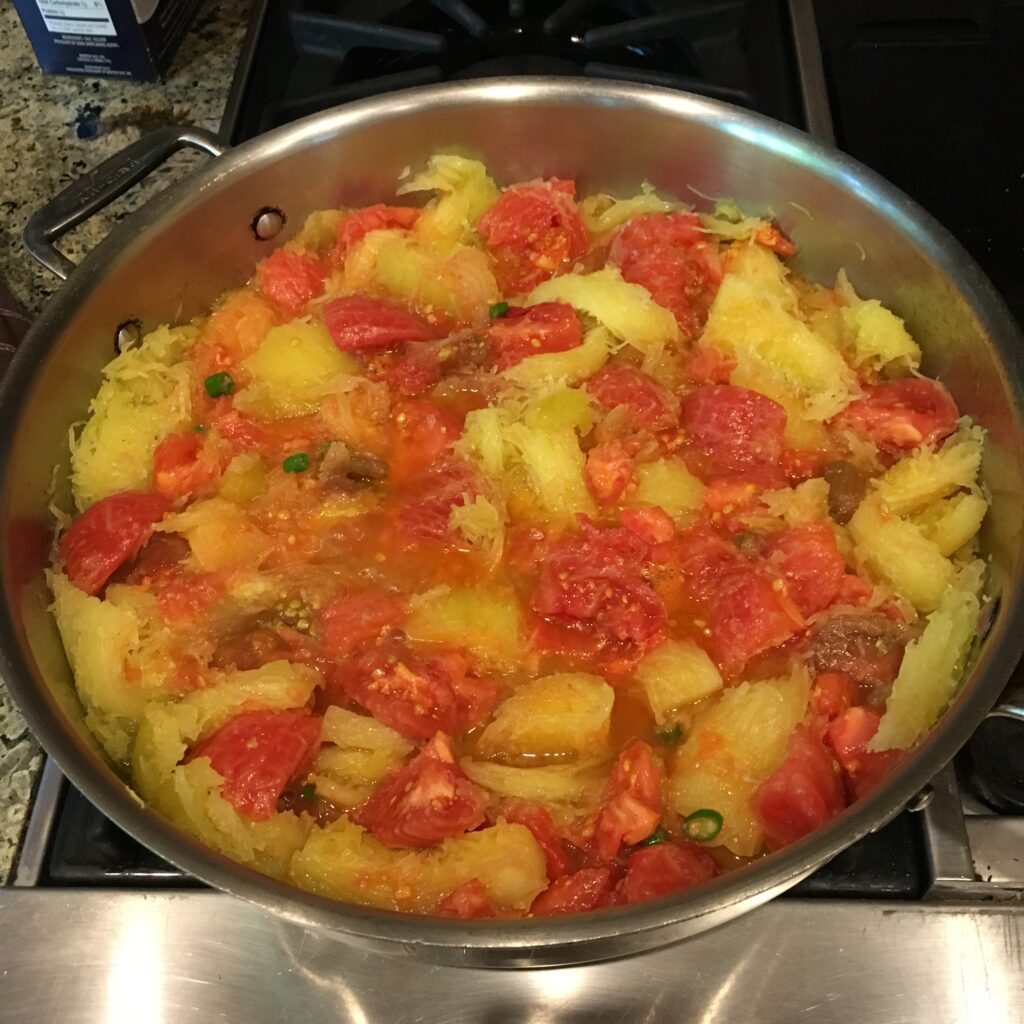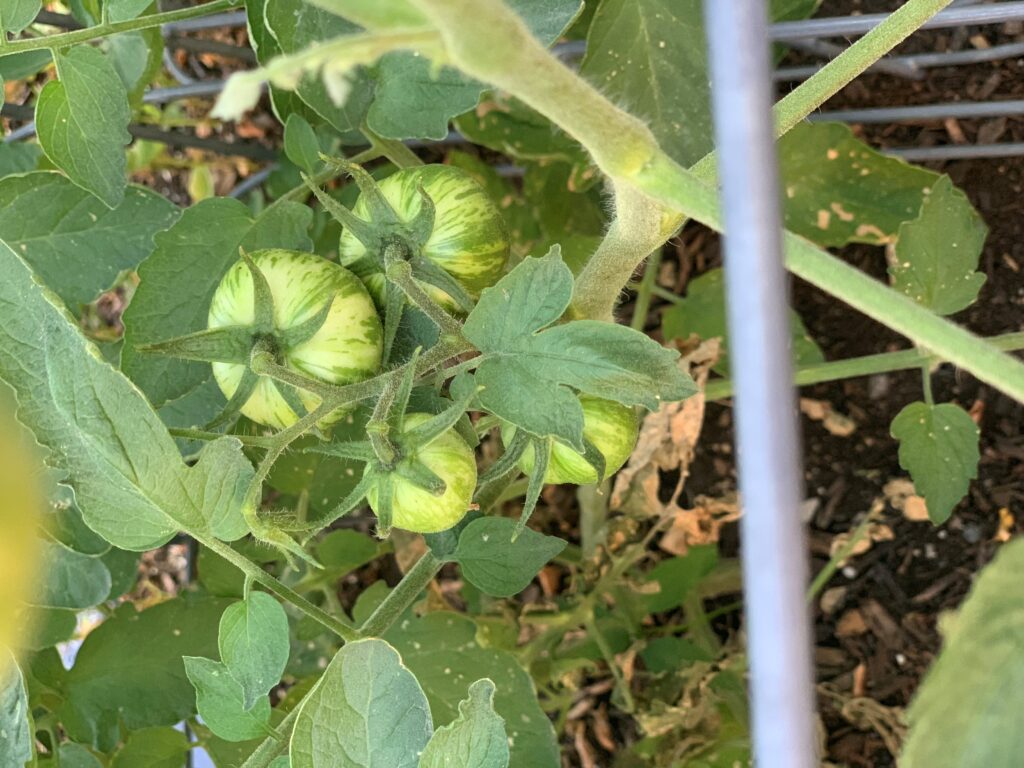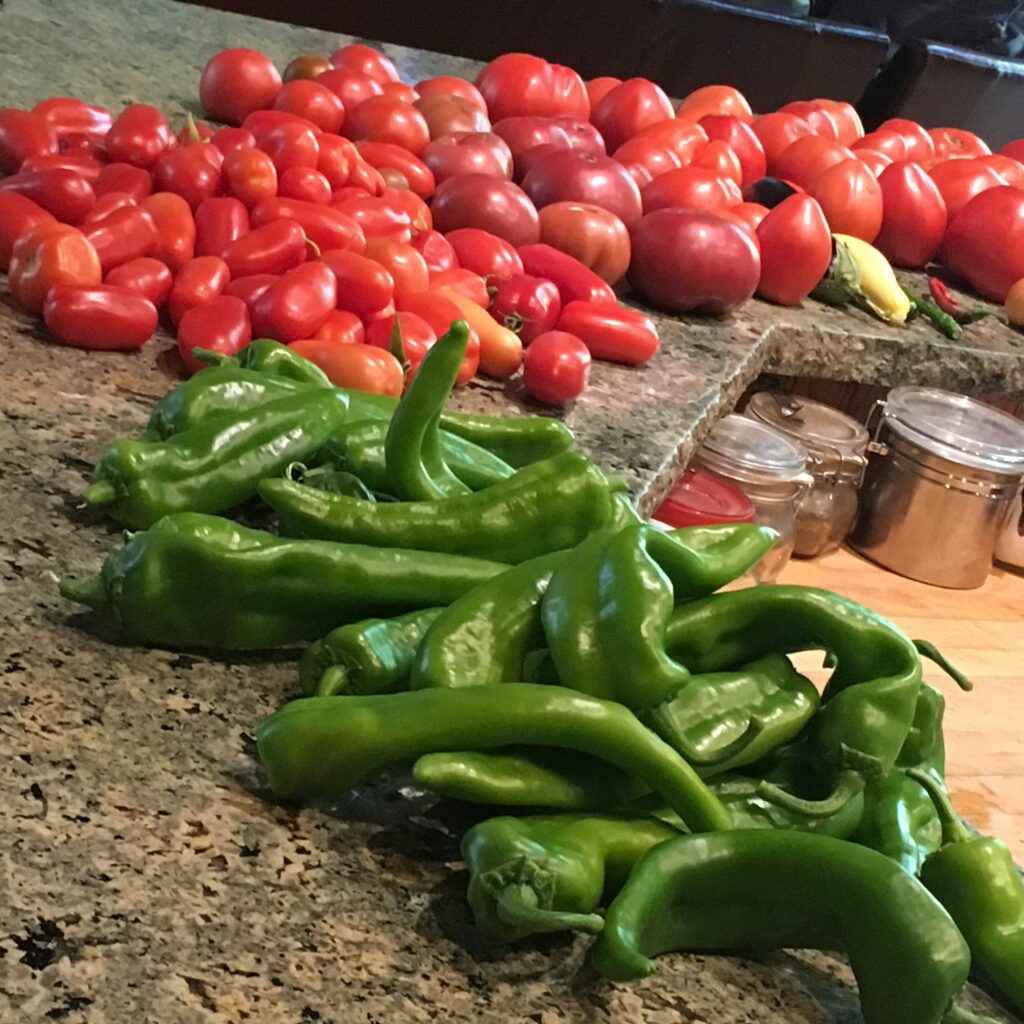Do you ever wonder if there is any truth to the old saying, “You are what you eat?” When you were young you may have snickered, rolled your eyes, and went on your merry way. But now that you’re older and much wiser, you’re probably noticing how what you eat really does affect you. You’ve added more fruits and veggies to your diet, eat out less, and even cut down on snacks and dessert. But are you getting all the nutrients you need? I have found oodles of information and several resources that answer this question and have broken it down into four main categories.
1-TIME & CONDITIONS
Did you know produce starts losing nutrients from the moment it is picked? According to an article in the Chicago Times most produce loses 30 percent of its nutrients within the first three days of harvest. That is if, it is properly handled and stored. This does not account for the hot days it may sit out waiting to be loaded onto a truck or the artificial light at the grocery store. Depending on where you live, it can take up to five days to get produce to your neck of the woods, and it usually sits in the grocery store on an average of three days. Then there is the produce we get from outside the United States. Grapes, for example, when out of season in the US, often comes from Chile. It can take weeks after harvest to get them to the grocery store. I can’t even imagine what the nutritional value is by the time I get it home!
Stephen Scott over at Underwood Gardens had this to say about our current food supply
“Several recently released studies show what is at first glance somewhat common sense- naturally grown vegetables have more nutrients, vitamins and minerals than those grown in the conventional chemically grown manner. The commonsense part comes from the fact that chemical agriculture on any scale depends on very few chemicals- NPK familiar to anyone? Nitrogen, phosphorous and potassium are important, but they aren’t the only elements that plants need to grow and produce healthy fruits and vegetables. One study I’ve read showed that a naturally grown vegetable had 84 minerals and elements that were identified as opposed to 8-10 in the same exact vegetable planted from seeds from the same seed packet but grown conventionally with the standard chemical fertilizers and pesticides/herbicides. Something to note- the test didn’t identify the negative elements in the vegetables- such as chemical residues.”
Wow, can you believe how much we lose from our conventional food supply. It’s no wonder that fruits and vegetables purchased from the grocery store have lost the delicious flavor that comes with the home grown produce that I remember as a kid!

2-FOOD PREPARATION
Have you wondered what is the hype behind the raw food diets that have been making their rounds in our media rich society? Do you hate raw broccoli? Can’t stand green beans unless they are boiled almost to mush. How your food is prepared also contributes to nutrient loss. Heat in and of itself contributes to the decline in nutrient value. Vitamin C is water soluble so boiling anything high in Vitamin C, then throwing the boiling water out, decreases the vitamin C. Vitamin A is fat soluble to the same goes for cooking with fat. Obversely, some foods are better for you when cooked like tomatoes. A wise man once told me, everything in moderation. We should consume both raw and cooked produce.

3-VARIETY
A study by the USDA found here tested out the changes in food composition from 1950 to 1999. Although most of the changes are not that significant, the study concludes that “any real declines are generally most easily explained by changes in cultivated varieties.” With the evolution in our food chain we have modified plants to be more bug resistant, have great yields, increase the amount of time produce can be in transit and storage, and more disease resistant. This has led to less nutrient rich produce in most cases.
Growing your own, you get to choose what varieties you plant. Heirloom varieties have been passed down through the generations and are often the best tasting and most nutritious.

4-HARVEST
In this article on the gardentech.com blog, Jolene says
“Many commercial crops are picked early and ripen on the way to stores. But not all fruits continue ripening once they’re picked. Even when they do ripen in color from green to red, for example, they may not “ripen” in nutrient levels the way they would have if picking was postponed. Mechanical pickers and bulk commercial handling often cause more stress and bruising, which speed up nutrient losses. In your own garden, you can keep crops on the vine until fully ripe and handle them gently. You’ll be rewarded in taste and nutrient content.”
Armed with all this information, you can clearly see that fresh is best, however there is so much more to it than just the nutritional value of your food. We are here to take you on the journey of growing your own food and making it easy to do so.

Hi, this is a comment.
To get started with moderating, editing, and deleting comments, please visit the Comments screen in the dashboard.
Commenter avatars come from Gravatar.